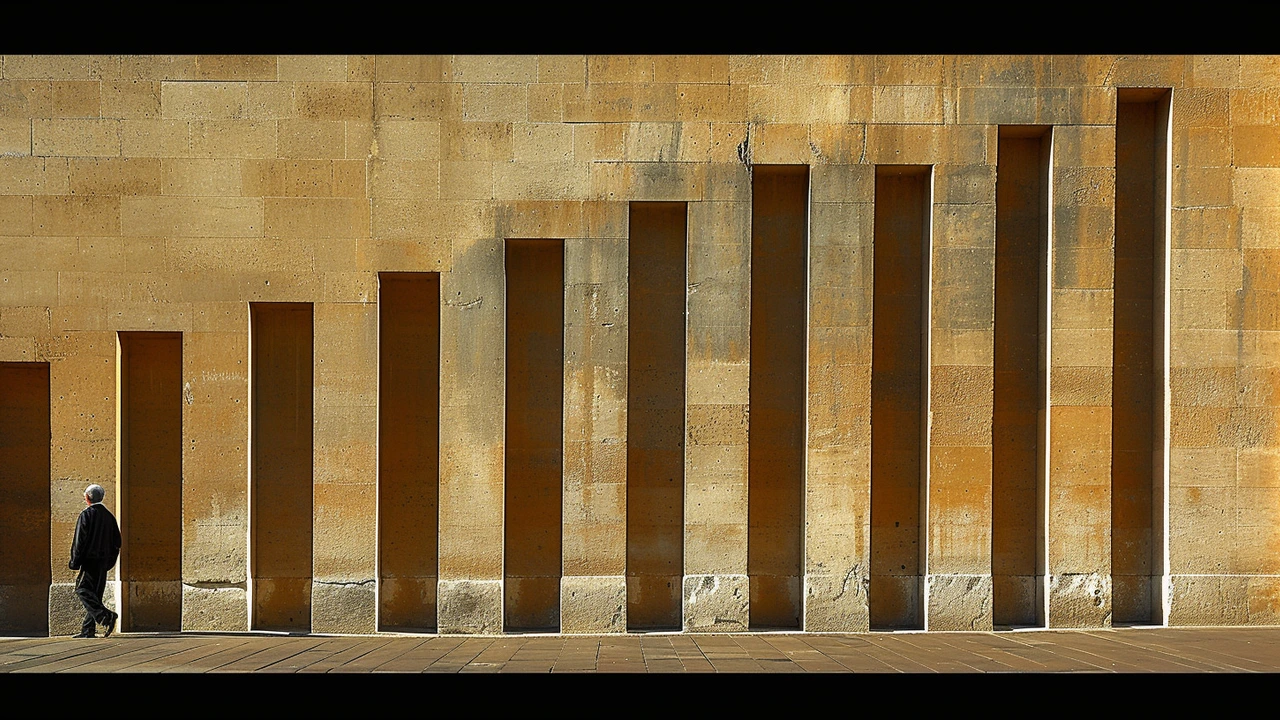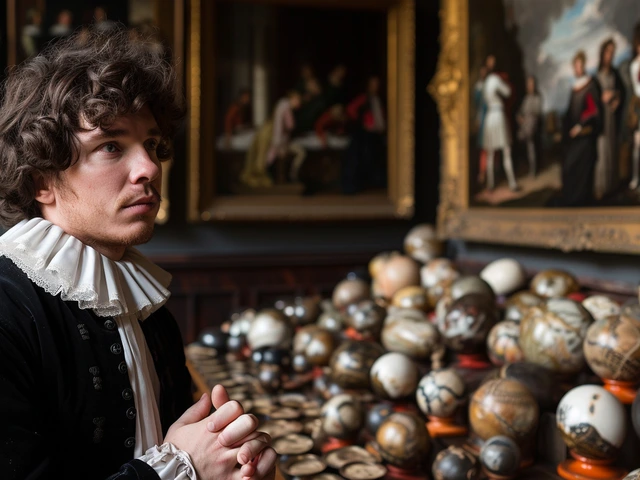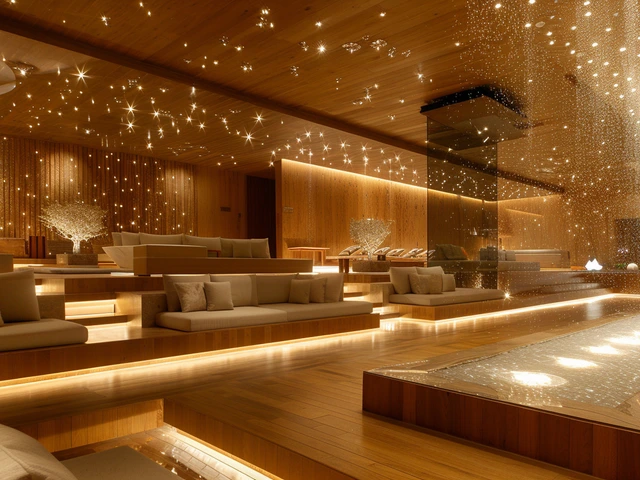From Antiquity to Modernity: The Rebirth of Classicism
So there I was, cocooned in my cozy study in sunny Brisbane, Australia, watching my dear turtle, Scooter, making his deliberate, sedate journey across the terrarium while Jazzy, my colorful parrot, squawked rhythmically from her perch. Outside, a typical bustling day was unfolding, but here, immersed in my favorite design books and artifacts, time seemed to slow down, and I felt connected with bygone historical eras. Just in this moment, a theory was formed in my mind, a notion that would challenge the mainstream philosophy of design history - the revival of classicism in contemporary design. Sounds intriguing? Well, let's delve into it.
The theory revolves around the hypothesis that classicism, a trend defined by the principles and styles of the ancient Greek and Roman world, is making a comeback. Initially, you might squint at this proposition skeptically. After all, aren't we living in a time defined by minimalism and modernity? Surprisingly, the answer is a two-fold yes and no.
The Enduring Flame of Classicism
Classicism in design was born in ancient Greece, around 5th Century BC, and marked by its emphasis on form, simplicity, proportion, and restrained emotion. Sounds familiar? That's right. The core principles of classicism are uncannily mirrored in today’s contemporary design rules. In an era where terms like ‘minimalist yet luxurious’ and ‘simple yet sophisticated’ are thrown around in designer lingo as frequently as bread crumbs to the ducks in my local park, the aesthetic ethos of classicism has endured, kept alive like the eternal flame of the Olympic Games.
From furniture design to architecture, classicism's influence is unmistakable in the 21st-century structures. An archetype of this pattern was the revival of the Greco-Roman style in the late 18th century, often referred to as Neoclassicism. The 'new' classicism venerated the ancient past while positioning it as a counterpoint to the perceived frivolity of Rococo style.
The Silent Footsteps of Classicism in Contemporary Design
Now, you might wonder – where exactly are the traces of classicism hidden in the labyrinth of contemporary design? I was asking myself the same question when my turtle Scooter bumped against a stool in my study. It was a simple, minimalist piece of furniture with clean, geometric lines—a perfect embodiment of contemporary design. But as I bent down to move the stool away and looked at it from a different perspective, I noticed a familiar attribute. The stool's cylindrical pillar and flat top echoed Doric columns' attributes of ancient Greek architecture - simplicity and understated elegance. The hot chocolate I was sipping suddenly tasted much sweeter as I celebrated this little discovery.
Although many contemporary designs are stripped down and sleek, they still carry elements of classicism. Look at the straight lines, symmetric compositions, and repetition of shapes and patterns repeated in modern furniture, buildings, and even some pieces of tech! This modern design trend, highlighted by technical rationalism and reduced ornamentation, shares roots with classical design principles that viewed order, symmetry, and proportion as vitals of aesthetic balance.
The Subtle Resurgence of Classicism in Modern Interiors
We are living in a time where the old and new dissolve, and traditional boundaries blur. The resurgence of classicism in modern interiors exemplifies this mix brilliantly. Enter any chic, contemporary home today, and you might find a classic Greco-Roman statue sitting comfortably next to a sleek, minimalist couch. Or, observe the attention to proportion and symmetry in interior layouts, or that egg-and-dart molding making a subtle appearance in an otherwise ultramodern space. Our modern design sensibilities, in their strange, subtle ways, are harking back to the age-old classicism's principles - a fact as delightful as my parrot Jazzy mimicking my laughter perfectly.
While classic themes may not appear as explicitly dominant or recognizable in many modern spaces, their influence dances subtly in corners, in light fixtures, in layout configurations, creating a harmony of aesthetics within the secret and overt domains of everyday design. From the 5th Century BC to the 21st AD, the journey of classicism's revival in contemporary design is proof that good design, much like my pet turtle Scooter's slow and steady nature, is timeless and enduring.
How to Artfully Blend Classicism into Contemporary Design?
Now let’s get practical and dwell into how you can infuse a classical touch into your home or personal space. Balance is everything! You wouldn't want a modern home that feels like a sterile hospital ward or an antique showroom stuffed with relics of the past, right? So here are some fantastic ways to create a perfect blend of classic and contemporary accents.
The first rule of thumb - "less is more, but it shouldn't feel less." Let your spaces breathe. Utilise the pared-back simplicity of modern design, but don't shy away from adding a classical artefact like a Roman-style bust or a Greek urn for a touch of classical nostalgia.
Use colors which complement both styles. Neutral tones like beige, white, and gray fit well within both contemporary and classical palettes, and yet can also serve as a perfect contrast to bolder statement furnishings or artefacts. A soft gray couch, surrounded by modern minimalist tables, layered with classical-style vases and a monochrome art piece - that's a room screaming sophisticated balance in my books.
And before you feel overwhelmed, remember, creating a unique, inspiring blend of classicism and contemporary design isn't an insurmountable task. It's a game of balance and coordination, of knowing when to hold back and when to indulge, much like convincing Jazzy to switch from squawking to singing. And with time and patience, I assure you, it's entirely doable.



